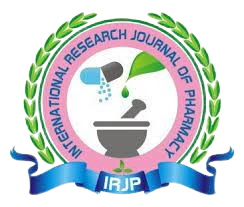DETERMINING THE MICROBIOLOGICAL AND CLINICAL CHARACTERISTICS OF INDIVIDUALS WITH DIABETIC FOOT AT AN INDIAN MEDICAL FACILITY
Keywords:
diabetic foot infections (DFI),, microbiological and clinical profile,, Pattern of sensitivity,Abstract
Background: First of all, Diabetes mellitus patients frequently get long-lasting infections, particularly in the foot
area, which can be challenging to treat. Identification and isolation of related organisms are necessary for the proper
management of diabetic foot infections, as is the selection of a suitable antibiotic therapy based on sensitivity and
culture.
Aim: The purpose of this study was to evaluate the clinical profile, microbiologic makeup, and prevalence of
individuals with diabetic foot disease.
Methods: In this retrospective clinical investigation, participants with diabetic foot who were hospitalised to the
institution had their bacterial cultures evaluated on tissue samples, pus swabs, and bacterial pus isolates.
Results: One subject with Grade 3 disease had enterococcus spp., one subject with Grade 4 disease had streptococcus
spp., and in total, 3.40% (n=3) subjects had MRSA. In addition, 5.68% (n=5) study subjects had staphylococcus
aureus in two subjects with Grade 1 disease, two subjects with Grade 3 disease, four subjects with Grade 4 disease,
and one subject with Grade 5 disease.
Conclusion: The current study comes to the conclusion that when Wagner's grade rises, gram-negative bacteria
become more prevalent. Frequent tracking of antibiotic resistance patterns is necessary to determine the empirical
antibiotic treatment.








